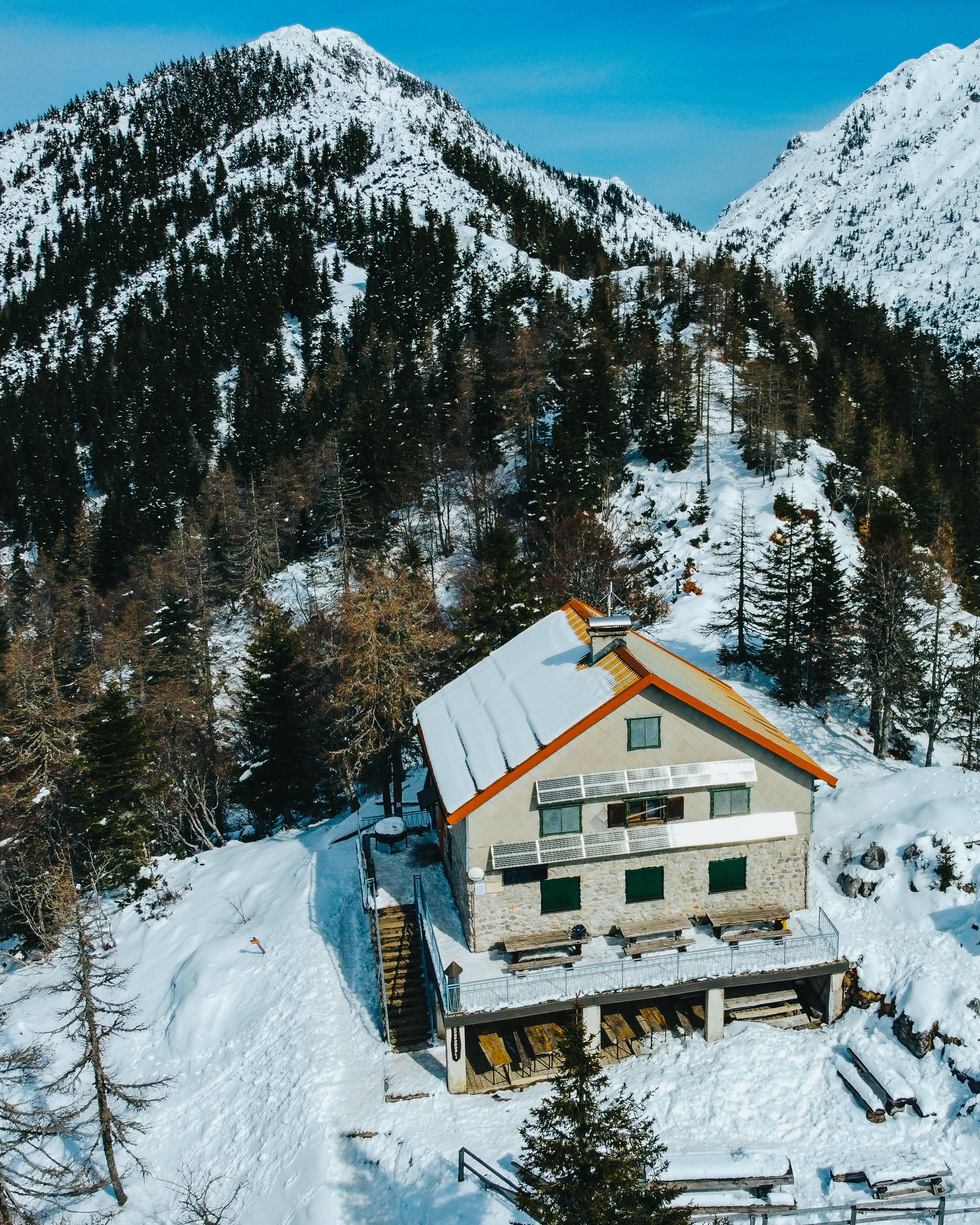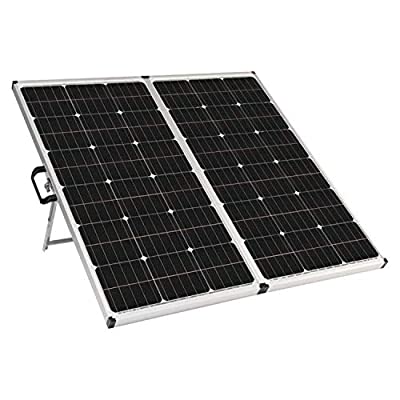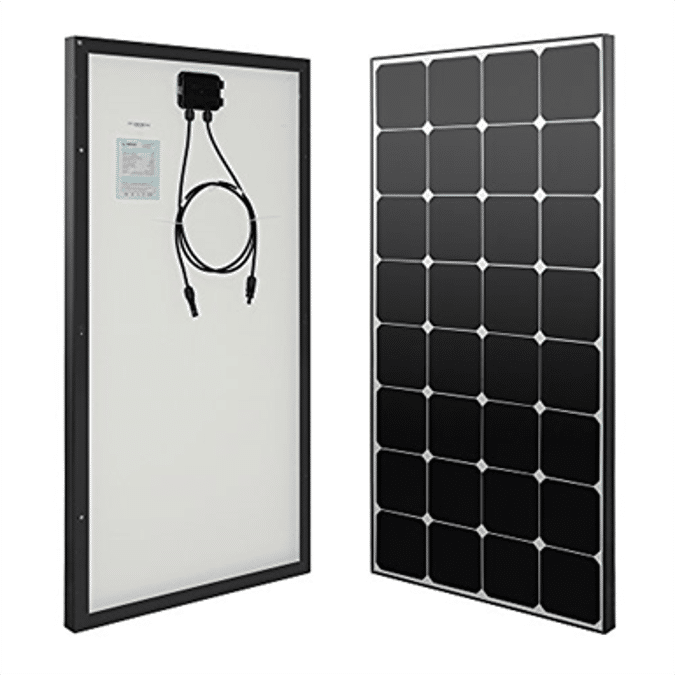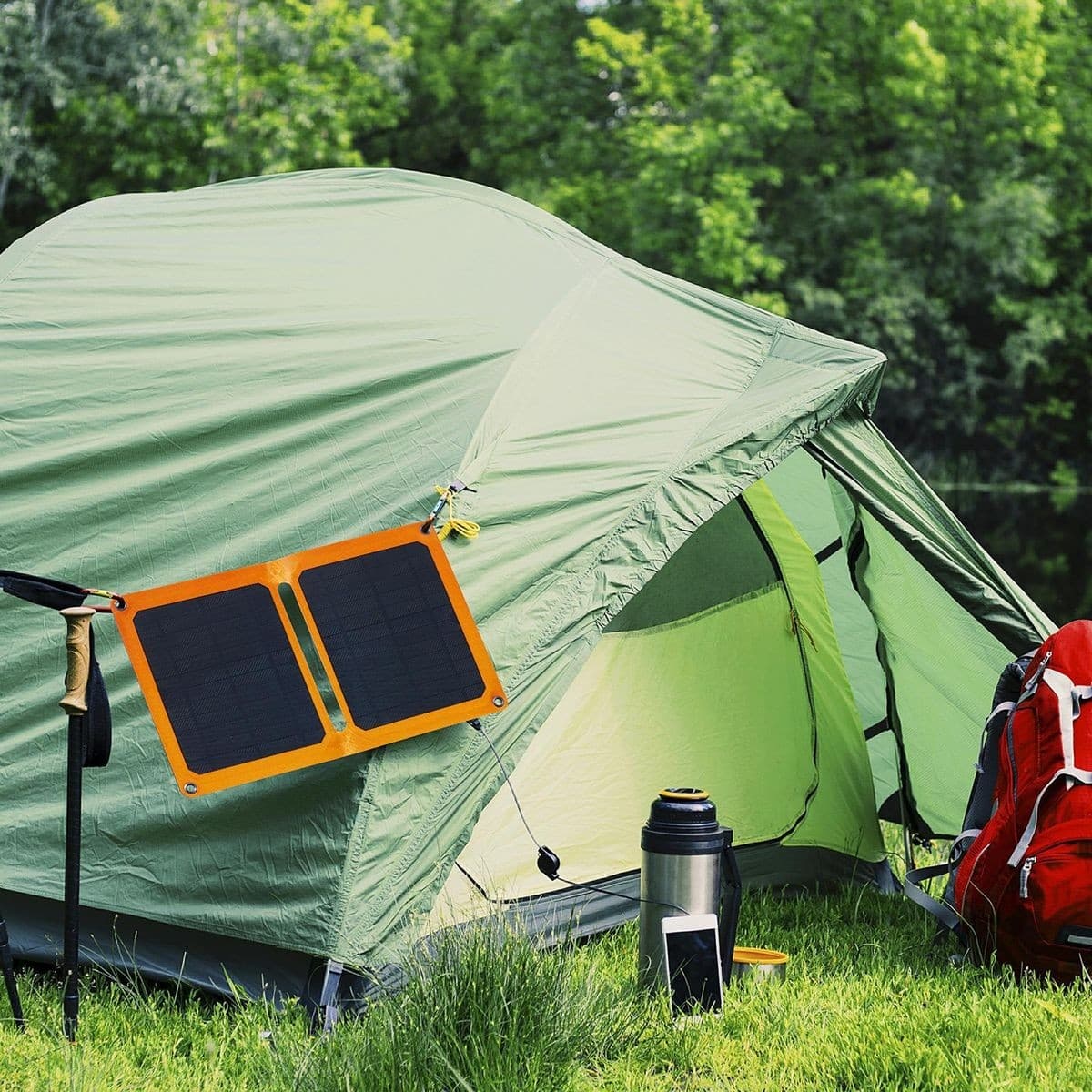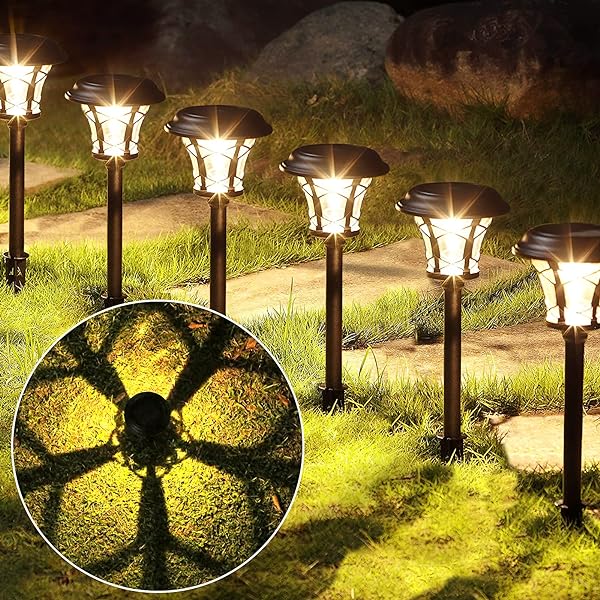Lovely, a lot of snow outside. But what does this mean for the solar panels on your roof? Do panels still generate electricity when there is snow on them? Do you need to apply extra maintenance after a snow shower? And what does the temperature do with the generating capacity?
Winter expert Adam answers the 10 most frequently asked questions about solar panels in winter. That way you know how to get through the winter with your solar panels!
- CAN THE SOLAR PANELS WITHSTAND THE AMOUNT OF SNOW IN WINTER (IN TERMS OF WEIGHT AND WETNESS)?
Easy. The solar panels are waterproof and can also be the weight of snow. Solar panels have been extensively tested for all weather types. For example, there is a hail test for solar panels. A solar system is designed in such a way that it functions safely and properly on your roof under all common weather conditions for at least 25 years.
- IS IT NECESSARY TO REMOVE SNOW FROM MY PANELS? AND HOW DO I POSSIBLY DO THAT?
If there is snow on the solar panels, it will prevent the sun from reaching the panels. As a result, your generating capacity decreases. If you want to remove the snow, do so with a soft brush. Never with anything hard, as this can damage the coating. Frozen snow or ice should never be removed. Also pay close attention to your own safety. We always recommend that you read the manual first, so that you do not cause unnecessary damage to the solar panels.
Tip : Not every roof is suitable for solar panels. Do you want to know if your roof is suitable? Do the roof scan.

- DO I HAVE TO CLEAN MY PANELS AT ALL?
There is a special coating over the panels, so that they clean themselves during a rain shower. A lot of cleaning is therefore not necessary. But once a year is good for production. In principle, you can clean a solar system yourself with a cloth with water (do not use cleaning products). If you prefer not to work with a ladder yourself, you can use a cleaning service .
- IS THE FAILURE OF SOLAR PANELS GREATER DURING THE WINTER MONTHS?
Dropout is not the correct name. The installation runs on the sun, but not on its heat. It is the light that is converted into energy. Due to a low sun, there is less radiation and in some situations more shade can be created. On days where the sun is not visible and it may be very gray and cloudy, the inverter may even not start up at all that day.
This is different for every situation and many factors influence this. The orientation and inclination of the panels, the brand and type of panels, the string distribution, the inverter type, the shade and the weather. Winter days are included in the yield calculation of your system. So a few days of snow or bad weather does not immediately change the expected annual yield.
- WHAT MEASURES CAN YOU TAKE AS THE OWNER OF A SOLAR SYSTEM TO PREVENT TECHNICAL PROBLEMS? ALSO IN WINTER?
We recommend that you regularly check the inverter to see if there is still generation. The installation may not work for a while due to the weather, but as soon as the weather improves, the inverter should also switch on again. If possible, visually check the solar panels every now and then. Not only in winter, but also in summer. Leaves, bird droppings or other things can affect the generating capacity of your system.
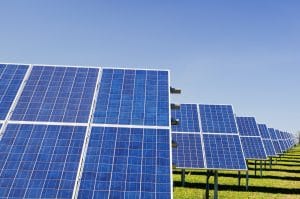
- WHAT IS THE INFLUENCE OF THE DROP IN TEMPERATURE ON MY PANELS?
The cold is actually good: heat is a limiting factor in the conversion of energy. If it is colder, the installation will in principle work better. However, there is less sunlight in the winter and the sun is on the panels at a lower angle. The total generation will therefore be less in the winter months.
- WHAT CAN I DO TO PROTECT MY CONSERVATORY OR EXTENSION IN THE WINTER?
The surface of the panels is made of glass and is therefore smoother than, for example, roof tiles. As a result, snow slides off the panels more easily. Sungevity includes a margin at the edges in the design of a system on the roof; this margin acts as a brake in winter for the snow to slide. This way your panels are no longer a smooth slide. However, just like the roof, snow will also slide off the panels onto the roof of your conservatory or extension. In principle, the glass in your conservatory is strong enough to handle this.
- TO WHAT EXTENT IS THE WIRING SAFE FROM THE WETNESS OF SNOW?
The cabling and connectors are water, snow and frost resistant. If the cabling is not completely neatly finished, or if the connectors are not properly tightened, the inverter may display the message ‘Insulation error’. In that case, contact an expert immediately.
- WHY DO THE LIGHTS OF MY INVERTER OFTEN FLASH IN THE MORNING?
The flashing lights have different meanings. In the morning they often indicate that the inverter is trying to start up. The inverter is then checking whether there is enough irradiation to start operating. This can sometimes take a little longer in bad weather. There is then enough daylight to start up, but not enough radiation to actually generate energy. The inverter constantly checks this, hence the flashing lights.
- WHAT IF THE (EARTH LEAKAGE) CIRCUIT BREAKER OF THE SOLAR PANELS IN THE DISTRIBUTION BOX HAS BEEN FOLDED DOWN?
If the (earth leakage) circuit breaker is folded down, this can have various causes. This can happen after a fault in the house, a fault in the inverter, but also a deteriorated machine. Even after a heavy rain or snow shower it can happen that the (earth leakage) machine has folded down. The advice is to check if everything is in order after a heavy (storm) shower. If not, try raising the machine again. If it immediately goes down again, we advise you to contact a solar company.

